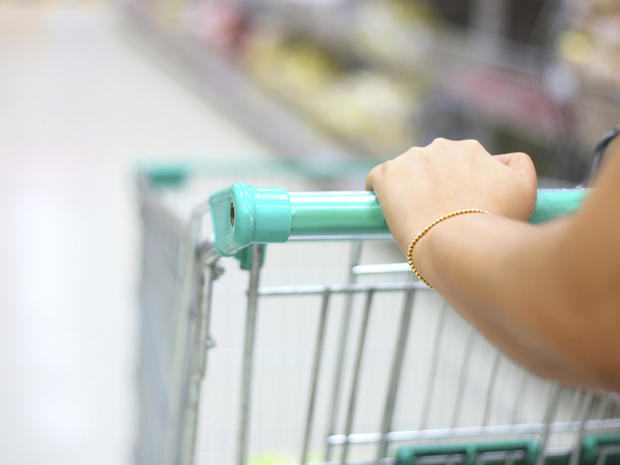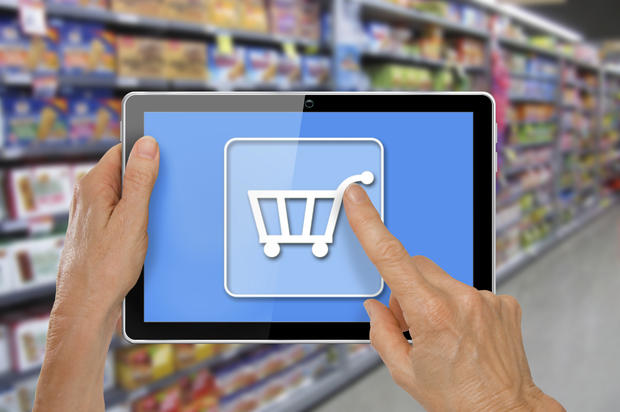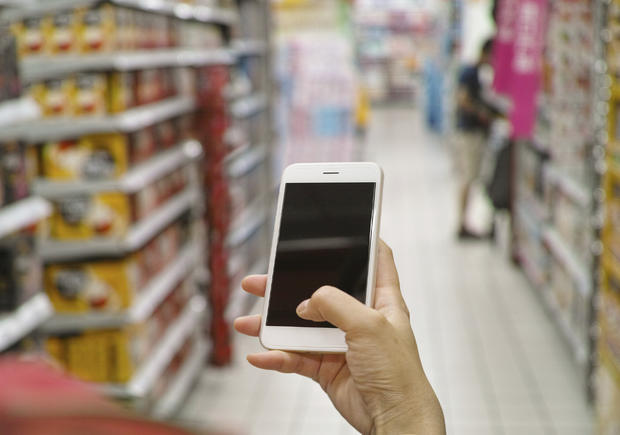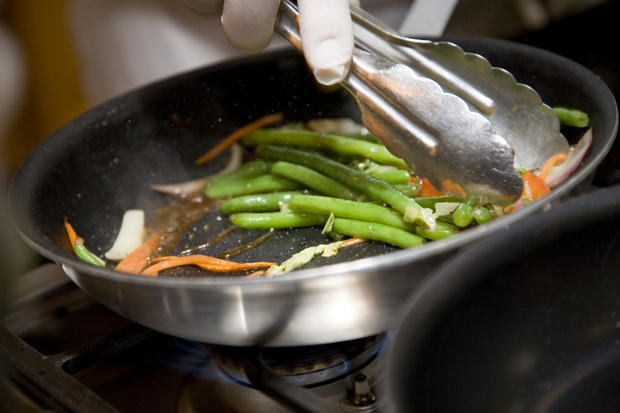5 ways your grocery shopping will change in 2016
Need a little wine while wandering supermarket aisles?
That could be one of the many inducements grocery shoppers encounter if they head to the store in 2016, if they're not staying home ordering their steak, potatoes and detergents online, one expert predicts.
We go to the store a lot. Americans spent about $638 billion a year at supermarkets in 2014, according to the Food Marketing Institute. However, our average tab, it says, is just $29.90 per visit. Customers averaged 1.5 visits a week in 2015, the institute says.
"Look for grocers to get creative and enliven what has been a mundane chore," says John Karolefski, veteran supermarket analyst who runs GroceryStories.com.
Karolefski recently identified the top five trends he expects we'll see in the new year, including continued growth in some trends that are well underway.
Click ahead for a look at his predictions.
1. Shopping online
Ordering groceries online, which has grown steadily for a few years, will surge in 2016. H-E-B and Hy-Vee recently opened impressive online stores. More grocers will join the 65 retailers partnering with Instacart, which lets consumers order groceries online and pairs them with personal shoppers who hand-pick items at customers' favorite stores and deliver them. More markets will test curbside pickup of groceries ordered online.
2. Digitizing the supermarket
More retailers will connect with smartphone-carrying shoppers, especially millennials who will account for most grocery purchases as they start families. Grocers such as Marsh Supermarkets and others have equipped stores with Bluetooth-enabled beacons to send ads, coupons and product information to shoppers.
Electronic Shelf Labels (ESLs) now being tested by Kroger, will spread. ESLs display prices, ads and nutritional information.
3. Shrinking the supermarket
Grocers will open smaller supermarkets to cater to the needs of small households, especially in growing urban areas. Hy-Vee operates four 14,000-square-foot Mainstreet stores; Ahold has opened the first of its 10,000-square-foot "bfresh" grocery stores in Boston, and near Portland, Maine, Hannaford opened a 20,000-square-foot store focusing on fresh foods.
4. Entertaining in stores
Operators of large supermarkets will lure customers with special events, including more product sampling, nutritional tours and cooking demonstrations.
Chefs at H-E-B stores prepare a variety of recipes every day as part of the Cooking Connection program. At Giant Eagle's Market District store in Solon, Ohio, it is Food and Wine Friday every week. Shoppers sample wines and hors d'oeuvres at serving stations throughout the store.
5. Dining in stores
Many new large supermarkets include a cafe with a light menu. The lunch crowd at Mariano's in Wheaton, Illinois, can enjoy pizza. Giant Eagle's Market District in Strongsville, Ohio, has a full-size bar next to a cafe. More supermarkets are adding Starbucks.





